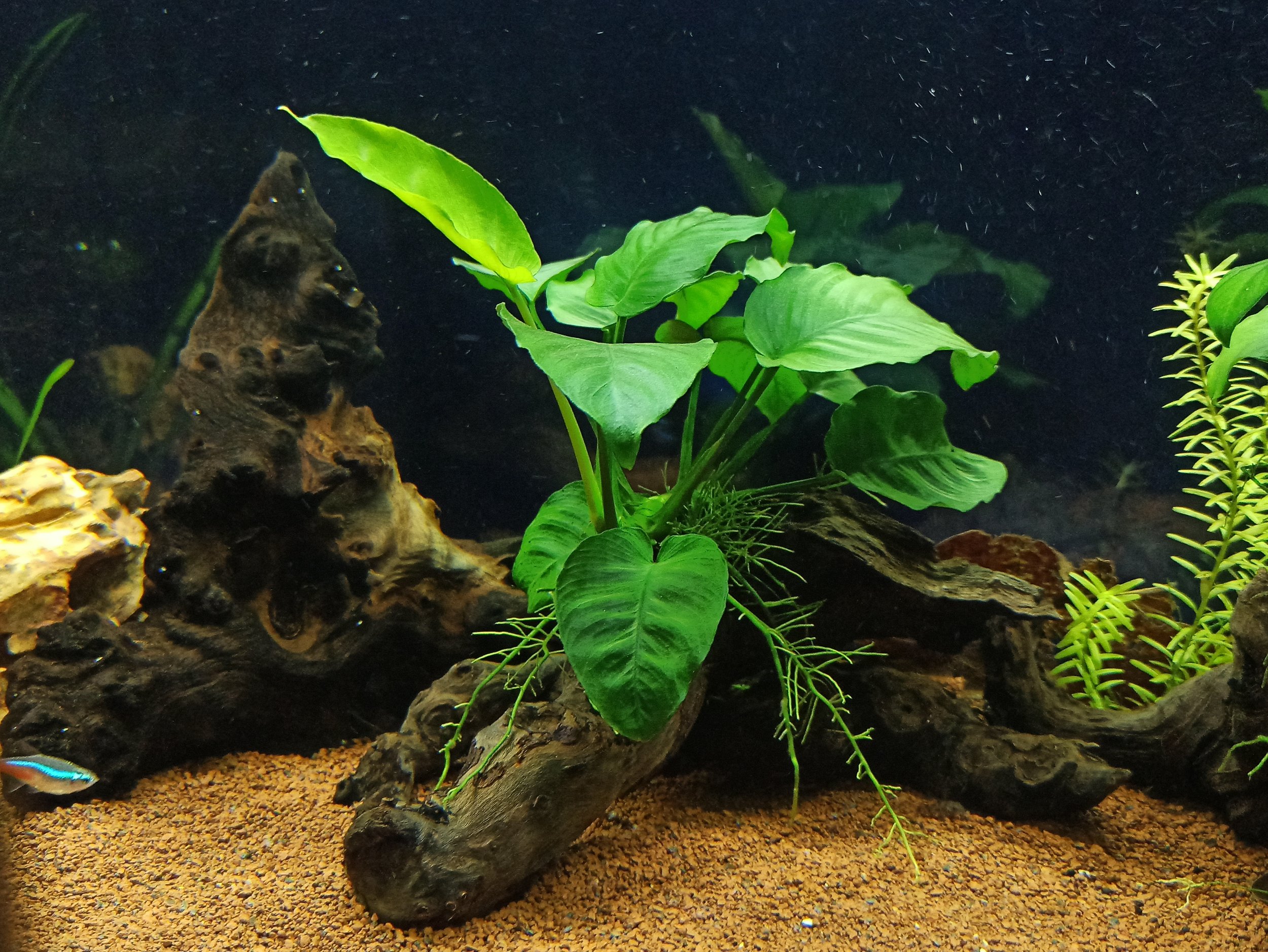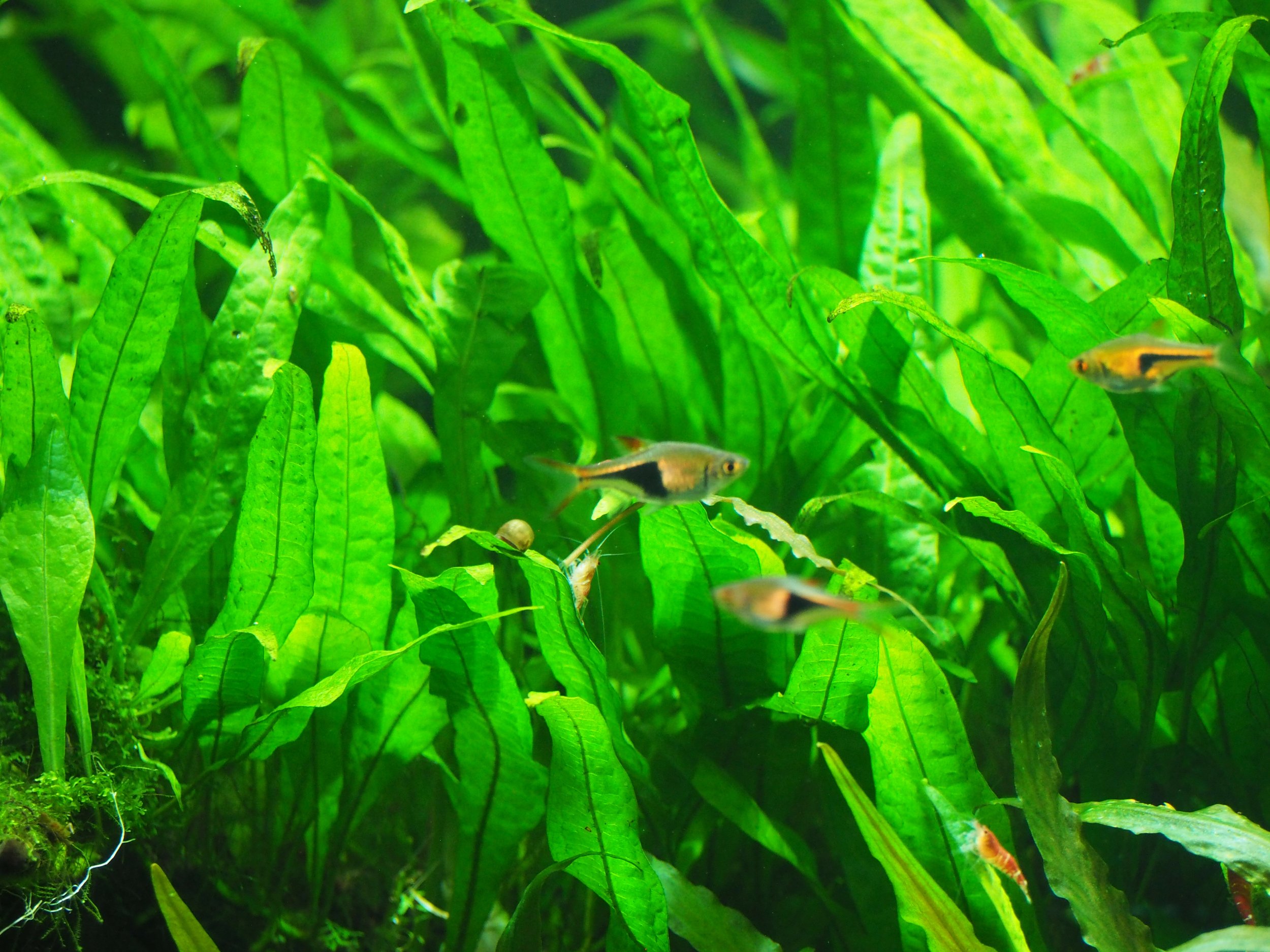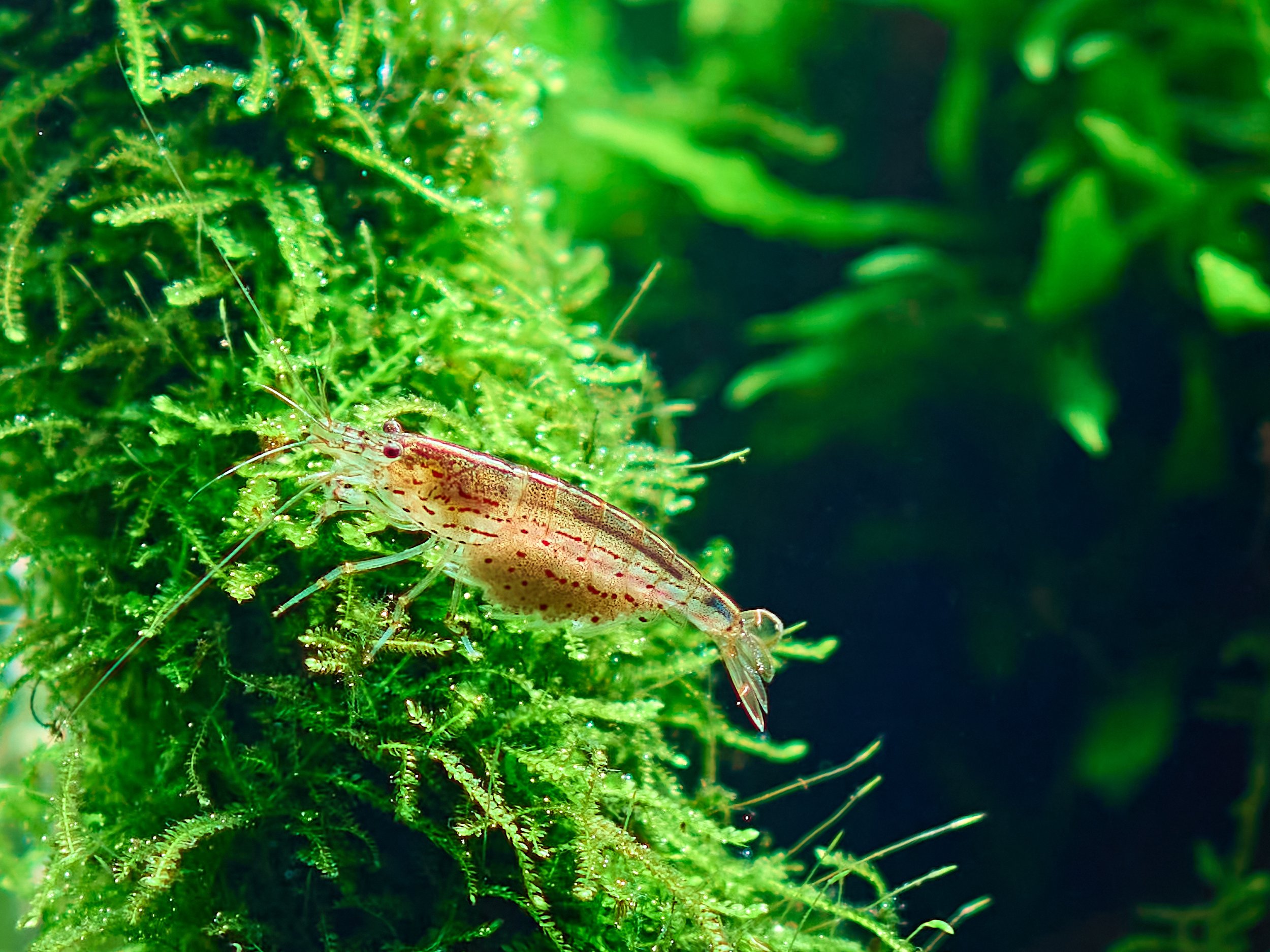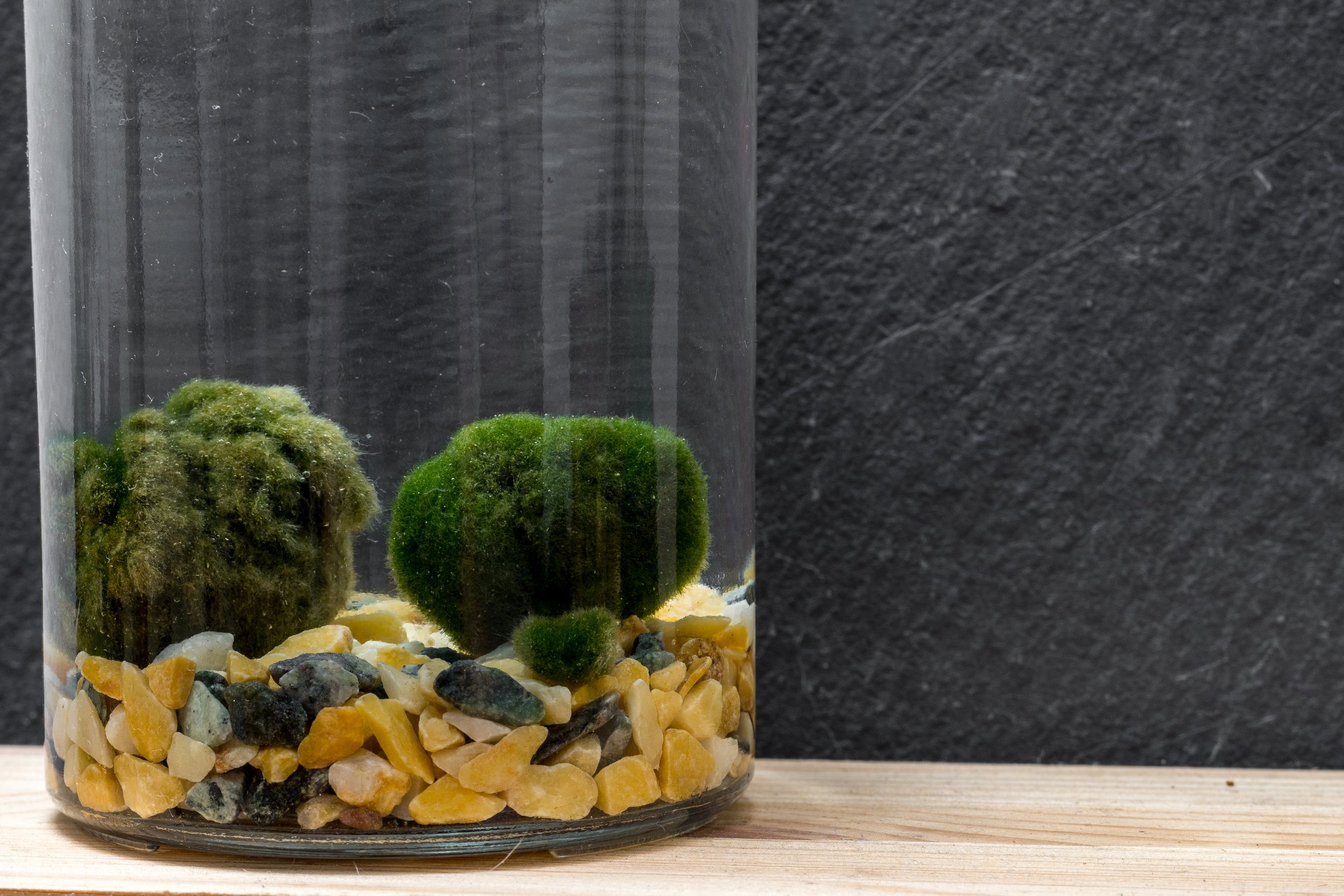Best Aquarium Plants for Beginners
With a little effort and planning, aqua-scaping transforms aquariums into lush underwater gardens. For new fishkeepers the idea of creating and maintaining a planted aquarium can seem daunting, but many aquatic plants thrive with minimal fuss or added effort.
Having live aquatic plants also contributes significantly to the success of your nitrogen cycle by absorbing nitrates from the water, resulting in fewer water changes over time and fostering a more balanced ecosystem in your aquarium. The following starter plants not only enhance the aesthetic appeal of your tank, but also play a crucial role in maintaining a healthy and happy aquatic ecosystem.
Let's check out the top 5 aquarium plants that are ideal for beginners, offering low maintenance and high resilience!
1. Anubias
Why It's Great for Beginners: Anubias is almost indestructible and can thrive in a wide range of conditions. It’s slow-growing and doesn’t require strong lighting, making it ideal for those new to planted tanks. Sporting thicker leaves equates to Anubias being less prone to algae growth as well.
Care Tips: Anchor Anubias to rocks or driftwood with aquarium-safe glue or fishing line rather than burying its rhizome in the substrate to prevent rot and allow for better growth. As mentioned, Anubias is adaptable to both low and moderate lighting.
2. Java Fern (Microsorum pteropus)
Why It's Great for Beginners: Much like Anubias, Java Fern is hardy and can grow under a variety of light conditions. Java Fern attaches itself to rocks and driftwood, adding vertical interest to your aquascape.
Care Tips: Avoid burying the rhizome to prevent rot. If you notice brown spots on the leaves, don’t worry—these are spores, a natural part of the plant's reproductive process.
3. Java Moss (Taxiphyllum barbieri)
Why It's Great for Beginners: Java Moss is an extremely versatile plant that requires minimal light and care to thrive. It's excellent for providing shelter to fish and fry and is popular for creating moss walls or carpets, adding texture and depth to the aquarium. Interestingly enough, as critters like shrimp munch on Java moss, it’s triggered to grow more!
Care Tips: Java Moss can be attached to decorations or left to float. It grows in most lighting conditions but thrives in moderate light. Trim regularly to keep it dense and healthy.
4. Marimo Moss Balls (Aegagropila linnaei)
Why It's Great for Beginners: These unique algae formations are not only fascinating to look at, but also incredibly easy to care for. Marimo Moss Balls help improve water quality by absorbing nutrients that would otherwise fuel unwanted algae growth. They're perfect for adding a touch of green to smaller tanks.
Care Tips: Rotate your Moss Balls occasionally to ensure even light exposure and prevent flattening. They can thrive in low-light conditions requiring minimal maintenance, and are a little interactive - gently squeeze a moss ball out of water and it will float when you place it back in the water! Gently tear it in half to grow a second moss ball.
5. Water Wisteria (Hygrophila difformis)
Why It's Great for Beginners: Water Wisteria is a fast-growing plant that can adapt to various tank conditions. It's excellent for beginners due to its hardiness and ability to absorb excess nutrients, reducing algae growth. Its lacy leaves create a beautiful backdrop and offer hiding spots for fish.
Care Tips: Water Wisteria can be planted in the substrate or left to float, preferring moderate to high lighting to encourage lush growth. Regular pruning will keep it manageable and promote denser foliage.
Conclusion
Incorporating live plants into your aquarium is a rewarding venture that enhances both the beauty and the health of your aquatic environment. The plants listed above are excellent starting points for beginners, offering both visual appeal and ecological benefits with minimal care requirements.
By starting with these hardy species, you'll gain confidence and experience in aquascaping, paving the way for more complex and diverse plantings as your green thumb grows. Happy planting!





